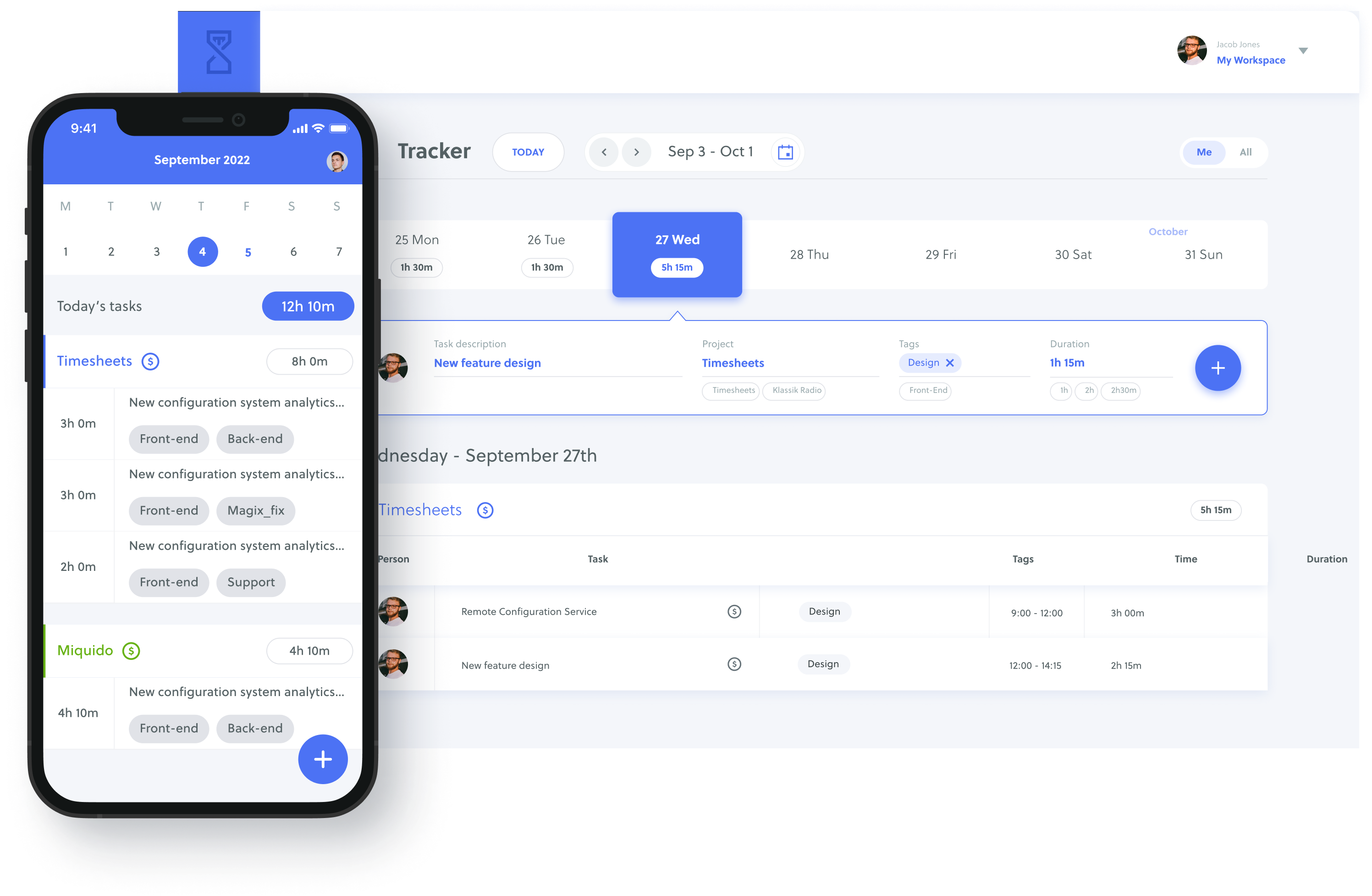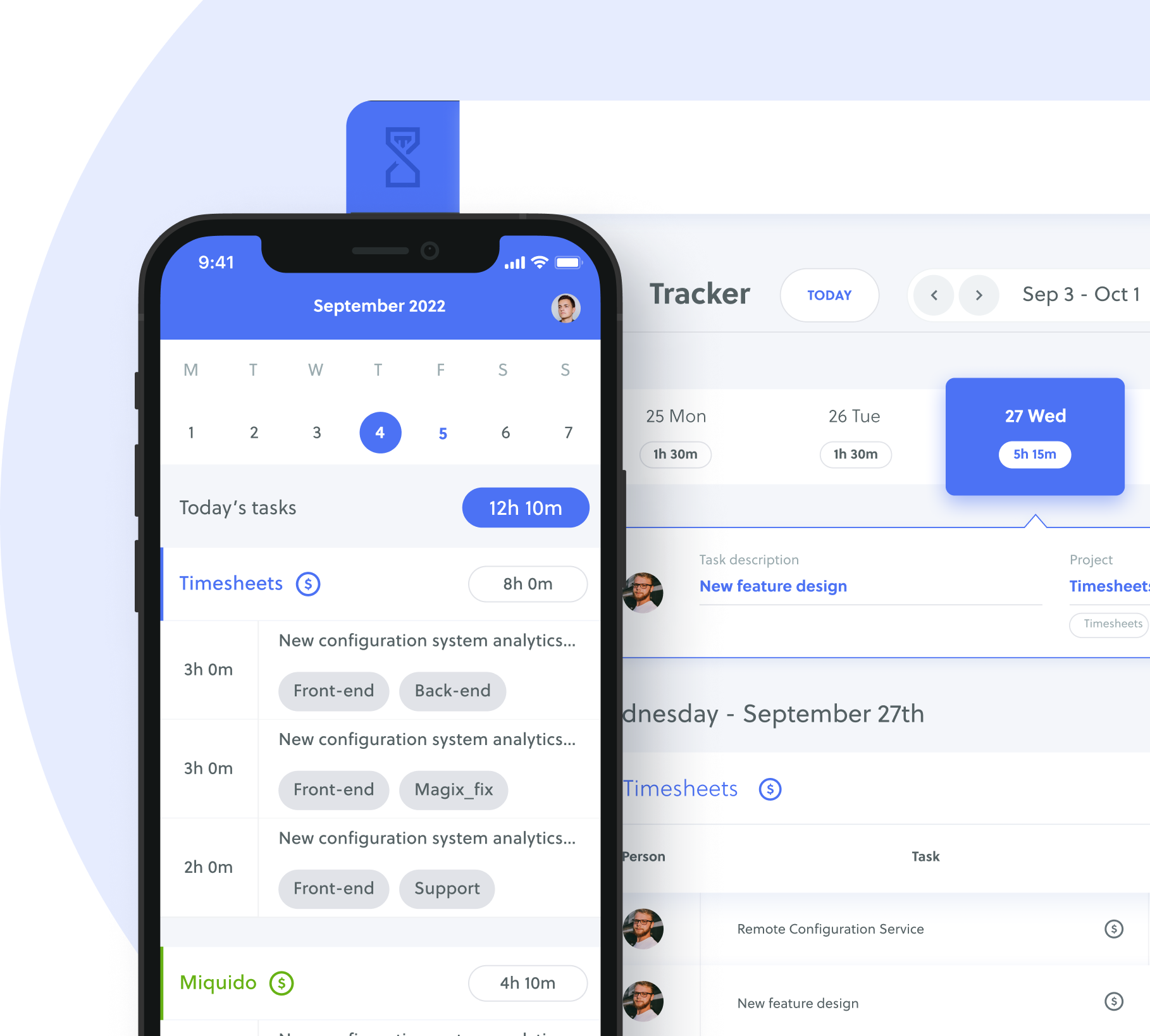If you’re someone that finds it difficult to stay motivated and focused at work, it might be down to how you plan your day. Setting goals is one of the best ways to ensure that you stay on track, don’t miss any deadlines and keep improving. Scientific research has linked goal-setting with higher motivation, self-esteem, self-confidence and autonomy, and is connected directly with success.
However, the kind of goals you set for yourself are important. One of the best frameworks for goal-setting is SMART goals, which refers to those that are Specific, Measurable, Achievable, Relevant and Time-bound.
Here’s how you can start setting SMART goals at work to improve your productivity and motivation.

Table of Contents
How to set Specific goals
It’s very common for us to set goals that are far too broad. This can make them feel daunting and like a huge mountain to climb. This can cause us to procrastinate and avoid tackling the task. This is why setting specific goals is important. These are goals that aren’t vague or all-encompassing, but instead have a focused and clear objective. When defining a specific goal, keep in mind the Who, What, Where and How questions.
Here’s an example of a specific goal:
Digital marketing team to grow the amount of leads through the website by using paid social media.
How to set Measurable goals
Measurable goals are ones that are quantifiable. Ideally, you want to set goals using numbers. For example, ‘answer emails every day’ as a measurable goal would become ‘answer 25 emails every day.’ This will help you clearly measure success and achievement to keep you on track.
Measurable goals can also be related to time such as allocating a specific amount of time to spend on a project. Time tracking software, like Quidlo Timesheets, can help you keep your goals measurable. Quidlo Timesheets allows you to easily measure how long you and your team spend on various projects, making sure you’re not spending too long or too little on each area of focus.
Here’s an example of a specific and measurable goal:
Digital marketing team to grow the amount of leads through the website by 50% using paid social media ads on 3 of the company accounts: Facebook, LinkedIn and Twitter.
How to set Achievable goals
When creating goals, many fall into the trap of dreaming far too big. While this ambition isn’t always a bad thing, setting goals that are a little too idealistic can make achieving them extremely hard.
“However on top of the world and powerful you’re feeling, goals that are ambitious to the point of being unrealistic can only do you harm. Aim high–but within reach.” – Inc Magazine
As humans, we often feel the most motivated to finish a project when we’re seeing improvement and progress along the way. If our goals are too unobtainable, we won’t see much development and will start to feel unmotivated and stuck. Keeping your goals achievable will help you avoid this.
Make sure not to set goals that are too easy, though. Goals are challenges that we get to with a bit of work. Achievable goals are ones that we can reach, but only after putting in the required work to get there.
Here’s an example of a specific, measurable and achievable goal:
Digital marketing team to grow the amount of leads through the website by 20% using paid social media ads on 2 of the company accounts: LinkedIn and Twitter.
How to set Relevant goals
Another issue with goal-setting that many of us face is that we choose ones that aren’t really relevant to the bigger picture and where we want to be professionally. It’s a good idea to sit down and really define what goals apply directly to your current situation and needs. If your team is lacking good communication and it’s creating a lot of issues, there’s no point setting goals around time-management. Decide what is most important and focus on that rather than getting sidetracked with other, less important and irrelevant goals.
Here’s an example of a specific, measurable, achievable and relevant goal:
Digital marketing team to grow the amount of leads through the website by 20% using paid social media ads on 2 of the company accounts: LinkedIn and Twitter. This will help create more customers and sales, which is a big priority for the company at the moment.
How to set Time-bound goals
Although many of us dread to think about deadlines, they are actually proven to help keep us stick to our goals. Setting an end date for your goal, or dates you want to achieve certain steps, is incredibly effective. It helps us view the goal as tangible and will encourage us to keep up momentum when working on it.
Goals without deadlines can often be left on the back-burner or even be completely forgotten about. Without urgency, day-to-day life will inevitably get in the way and take over. Avoid this by putting together a schedule of when you plan to reach your goal and you’re much more likely to actually reach it.
Moreover, deadlines help us to work better together as a team by keeping everyone on the same page about what’s expected: “Deadlines help us to collaborate toward achieving a shared goal, and to keep complex, multistage projects on track. To set expectations. Deadlines make clear what we’re expected to deliver and when. This means that we can take control of our work, free of confusion” – Mind Tools.
Here’s an example of a specific, measurable, achievable, relevant and time-bound (SMART) goal:
Digital marketing team to grow the amount of leads through the website by 20% within Q3 of 2022 using paid social media ads on 2 of the company accounts: LinkedIn and Twitter. The ads will run from July 5th – August 5th. This will help create more customers and sales, which is a big priority for the company at the moment.
Start applying the SMART framework to your work
Now you understand what SMART goals are and how to create them, take a look at your existing goals or set some new ones that use this framework. SMART goals are so effective because they require us to ask ourselves, and our teams, lots of questions. These help us to create fully developed goals that we are much more likely to stick to.







